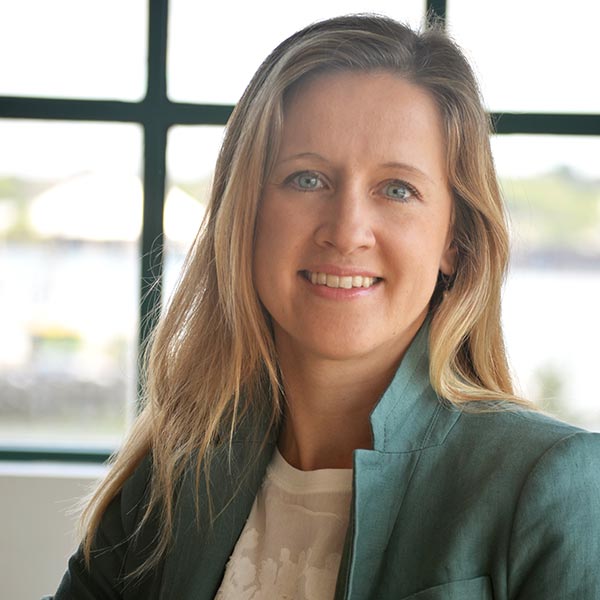Where are you from? Where did you study?
I am from Austria. I received my Medical Degree from the University of Graz in Austria, and my PhD from the University of Vienna. I came to Boston where I did my Residency in Pediatrics and Fellowship for Pediatric Hematology/Oncology at Dana-Farber Boston Children’s.
When and why did you decide to research DIPG?
My journey with Neuro-Oncology started in Austria over 15 years ago when I was 21 yrs old. I was exposed to patients right away, and one of the first pediatric patients was a girl diagnosed with DIPG that was getting radiation. I started asking questions about DIPG, and was shocked to hear there were no treatment options. I was an enthusiastic med student, so I kept searching and still kept finding no additional treatment for children with DIPG.
How is the research you are currently doing different than other DIPG research?
Currently most researchers receive frozen biopsy tissue of patients in Boston or other hospitals. Researchers then grind up the samples into a “soup”, which is a mixture of all cells. Once in the soup, we can’t separate the cells back apart.
With this new grant, I will partner directly with hospitals to get fresh biopsy tissue samples and then immediately split the tissue into single cells. Each single cell will then be separately analyzed for their genetic profile.
This type of biopsy will allow for much more information to be gained by having separated single cells. This will also allow us to ask many questions. Are the tumor cells all the same or different? Are there immune cells and if so which ones? Are there any other cells that are supporting the tumor?
What are the implications if this protocol is successful?
What I have already found out is there is a hierarchy within the tumor of really bad cells called “cancer stem cells.” These are the only ones dividing. My hope is to develop a new way of therapy, called Differentiation Therapy. The idea is to push cancer cells from the bad cancer state to a more mature state. The drugs in essence would tell them to stop doing what they are doing, to remember what they were supposed to do, and to be more like a “normal” cell.
Is this part of a large protocol?
Yes and No. I started on biopsies in Boston only and have since then expanded to my old team in Vienna, Austria, and now San Francisco. I’m headed to a conference in San Francisco to see if more Doctors want to join efforts.
Where did you get the idea to focus on this protocol?
I wanted to look at new ways to analyze DIPG tumors. I went to a seminar at MIT, one of the best Technology Universities, where engineers talked about single cell technology.
I thought if we could use this cool new technology for DIPG, we could learn so much more. Everybody I approached said it was not possible. I insisted, and it has taken 2 ½ years to show others that we can use this technology. And, it’s running really well.
Why is support by the DIPG Collaborative and The Cure Starts Now important for this?
This is New Technology, so it’s deemed a high-risk project, in addition to being research on a rare tumor. The DIPG Collaborative and The Cure Starts Now allow me the funding to generate data to then go back to the government and say it’s feasible & to fund more DIPG research.


